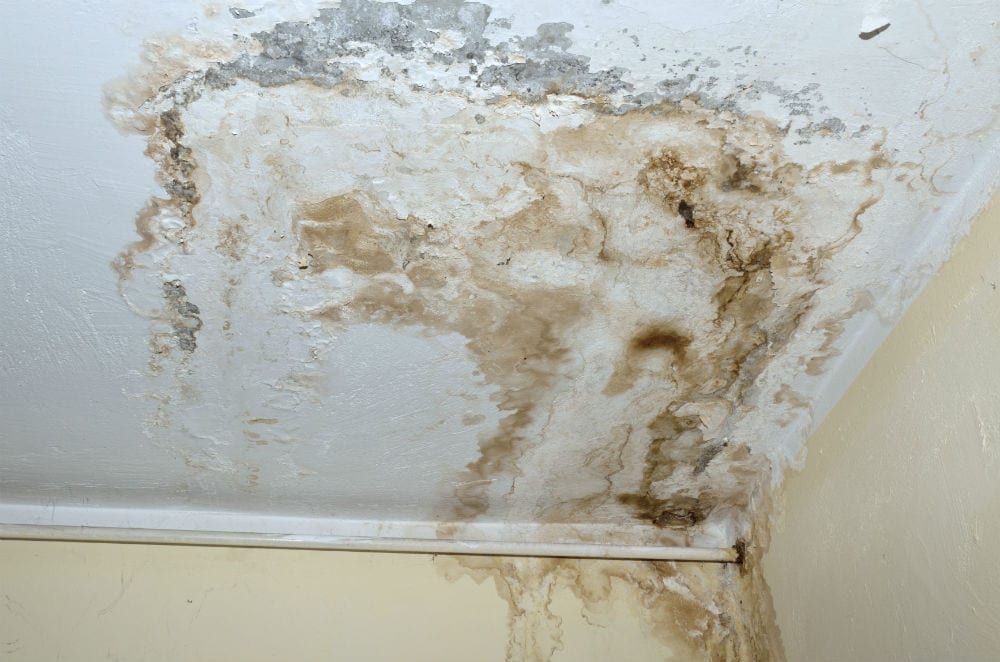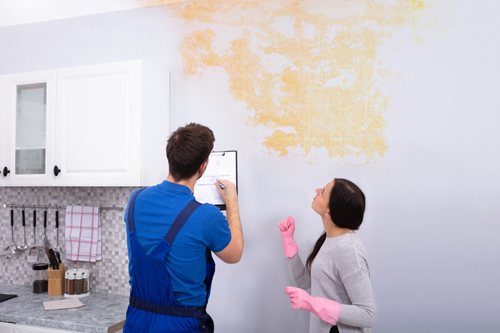Nearly everybody will have their own piece of advice involving Preventing Fires and Water Damage In Your Home.

Water provides life, but water breach on some components where it's not expected to be can result in damage as well as trouble. In enhancement, residences with water damages scent old and also mildewy.
Water can originate from numerous sources like tropical cyclones, floods, ruptured pipelines, leakages, and sewage system problems. It's far better to have a working expertise of security precautions if you have water damage. Here are a couple of guidelines on just how to take care of water damage.
Do Prioritize House Insurance Coverage Protection
Seasonal water damage can originate from floods, seasonal rains, and wind. There is additionally an incident of a sudden flooding, whether it came from a faulty pipeline that unexpectedly ruptures right into your house. To protect your house, obtain residence insurance that covers both disasters such as all-natural disasters, and emergencies like busted plumbing.
Don't Fail To Remember to Switch Off Utilities
When catastrophe strikes as well as you're in a flood-prone area, turn off the major electrical circuit. Turning off the power stops
When water comes in as water offers as a conductor, electrical shocks. Do not forget to turn off the main water line valve as a means to stop even more damages.
If the floodwaters are getting high, maintain your furnishings secure as they can move and trigger added damage.
Do Keep Proactive and also Heed Weather Condition Informs
Tornado floods can be extremely uncertain. Stay prepared and also aggressive at all times if you live in an area tormented by floods. If you live near a body of water like a lake, river, or creek , pay attention to the news as well as emptying warnings. Get your belongings as well as important documents from the first stage as well as basement, after that put them in a refuge as well as the greatest possible level.
Do Not Overlook the Roof
Your roofer ought to take treatment of the faulty rain gutters or any kind of various other indicators of damages or weakening. An examination will certainly stop water from flowing down your wall surfaces and soaking your ceiling.
Do Take Notice Of Little Leaks
There are red flags that can draw your interest as well as suggest to you some damaged pipes in your house. Indications of red flags in your pipelines include bubbling paint, peeling off wallpaper, water touches, water discolorations, or trickling audios behind the wall surfaces. Repair and inspect your plumbing repaired prior to it results in massive damages to your residence, funds, as well as a personal nightmare.
Don't Panic in Case of a Burst Pipeline
Maintaining your clearheadedness is crucial in a time of dilemma. Due to the fact that it will stifle you from acting fast, worrying will just intensify the problem. Panic will additionally provide you extra tension. Timing is vital when it pertains to water damage. The longer you wait, the even more damage you can expect and also the most awful the results can be. Instantly closed off your primary water valve to reduce off the source and protect against more damage if a pipeline bursts in your home. Disconnect all electrical outlets in the location or turn off the breaker for that part of your house. Ultimately, call a respectable water damages repair professional for assistance.
Water offers life, but water breach on some parts where it's not meant to be can result in damages and trouble. In enhancement, houses with water damages smell old as well as stuffy.
Seasonal water damages can come from floods, seasonal rains, and also wind. Signs of red flags in your pipelines consist of gurgling paint, peeling wallpaper, water streaks, water discolorations, or dripping sounds behind the wall surfaces. If a pipeline ruptureds in your home, promptly closed off your main water valve to cut off the source as well as stop even more damages.
Some Do's & Don't When Dealing with a Water Damage
DO:
Make sure the water source has been eliminated. Contact a plumber if needed. Turn off circuit breakers supplying electricity to wet areas and unplug any electronics that are on wet carpet or surfaces Remove small furniture items Remove as much excess water as possible by mopping or blotting; Use WHITE towels to blot wet carpeting Wipe water from wooden furniture after removing anything on it Remove and prop up wet upholstery cushions for even drying (check for any bleeding) Pin up curtains or furniture skirts if needed Place aluminum foil, saucers or wood blocks between furniture legs and wet carpet Turn on air conditioning for maximum drying in winter and open windows in the summer Open any drawers and cabinets affected for complete drying but do not force them open Remove any valuable art objects or paintings to a safe, dry place Open any suitcases or luggage that may have been affected to dry, preferably in sunlight Hang any fur or leather goods to dry at room temperature Punch small holes in sagging ceilings to relieve trapped water (don't forget to place pans beneath!); however, if the ceiling is sagging extremely low, stay out of the room and we'll take care of it DO NOT:
Leave wet fabrics in place; dry them as soon as possible Leave books, magazines or any other colored items on wet carpets or floor Use your household vacuum to remove water Use TV's or other electronics/appliances while standing on wet carpets or floors; especially not on wet concrete floors Turn on ceiling fixtures if the ceiling is wet Turn your heat up, unless instructed otherwise

I recently found that blog posting on 5 Home Safety Tips To Reduce The Risk Of Fire And Water Damage while doing a lookup on the web. Are you aware of somebody who is excited about Preventing Fires and Water Damage In Your Home? Take a moment to promote it. Thanks a bunch for your time. Please come visit our blog back soon.